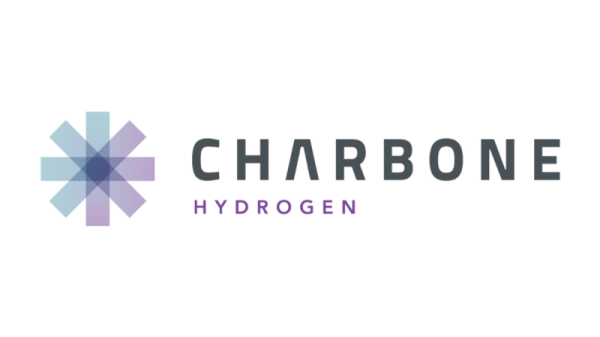Synthetic graphite is a unique material that’s often used in metal fabrication and in devices like batteries and solar panels. Composed of high-purity carbon, it’s able to withstand high temperatures and corrosion.
Those points make it a great option for highly specialized industries that need predictable results from carbon materials.
Understanding the difference between synthetic and natural graphite is important for investors, as each industry typically needs a specific type of graphite. Here’s a look at the synthetic graphite market and what it has to offer.
Is synthetic graphite better than natural graphite?
Synthetic graphite may be intriguing for investors because of its presence in lucrative industries with rising demand. However, before diving into the space it’s important to understand the nuances and misconceptions surrounding synthetic graphite, as well as how it differs from natural graphite.
One key point is that synthetic and natural graphite have their own applications and generally do not have a relationship in the broader marketplace — except of course that they are both called graphite.
Synthetic graphite is purer in terms of carbon content and tends to behave more predictably, which is why it has found a niche in solar energy storage and electric arc furnaces. Synthetic graphite can also be significantly more expensive to produce than natural graphite, as the process is fairly energy intensive. In fact, the cost can be double or triple the standard price for natural graphite.
Restrictively high prices and specific use cases mean synthetic graphite doesn’t often compete with natural graphite.
What are the types and uses of synthetic graphite?
Synthetic graphite typically comes in two forms: electrodes and graphite blocks. The form of synthetic graphite directly determines which industries it will be used in. Here’s a look at a few of them:
Electrodes — Electrodes are primarily created using petroleum coke as a precursor and are almost exclusively found in electric-arc furnaces — these furnaces are used for melting steel and iron, and producing ferroalloys.Graphite blocks — Graphite blocks, or isotropic graphite, are primarily used for energy storage in the solar industry. These blocks are made using the same petroleum coke process as electrodes, but differ slightly in the structure of the coke used.Secondary synthetic graphite — Producing synthetic graphite also creates a by-product known as secondary synthetic graphite that is typically yielded as a powder. It’s considered a low-cost graphite material and some forms of it can compete with natural graphite in applications like brake linings and lubricants.Primary synthetic graphite — Primary synthetic graphite is not a by-product like its secondary counterpart. It is typically manufactured in powder form and used for high-end lithium-ion batteries. However, it is more expensive to produce and can cost the same amount as manufacturing an electrode.
How big is the synthetic graphite market?
The outlook for the graphite market is positive, and is tied to the battery industry and energy storage applications.
The global synthetic graphite market size was valued at more than US$2.37 billion in 2022, according to Straits Research, and is projected to growing at a CAGR of 4.7 percent to reach more than US$3.93 billion by 2031.
In terms of graphite demand, Benchmark Mineral Intelligence expects to see gradual growth from the battery sector moving forward. Tony Alderson, price and data analyst at Benchmark Mineral Intelligence, has said the firm attributes this expected growth to strong long-term fundamentals for the battery market.
As a whole, it appears graphite’s future is bright. However, synthetic graphite will still face somewhat of an uphill battle. Natural graphite is set to be the fastest-growing graphite subset through 2030 — and improvements in purity are helping it enter the nuclear technology and high-end battery markets, which have typically been owned by synthetic graphite.
Price will certainly continue to be a determining factor in the competition between natural and synthetic graphite. Data from S&P Global Market Intelligence shows that processing synthetic graphite is three times as energy intensive as processing natural graphite, which translates into higher costs for the artificial material.
Going forward, higher prices are expected for graphite, whether natural or synthetic, as demand rises and electric vehicle battery manufacturers vie for the limited supply outside of China and Russia. “We believe that the average price of graphite will continue to rise in the future due to supply and demand imbalances, including Russia, which was one of the major graphite suppliers before the Russia-Ukraine war,” said Ivan Lam, senior analyst at Counterpoint Research.
Which companies make synthetic graphite?
The global synthetic graphite market is “partially consolidated” and dominated by a handful of major companies, according to a report by Mordor Intelligence. The top five players in this space are: GrafTech International (NYSE:EAF); Resonac Holdings (TSE:4004), formerly Showa Denko; BTR New Material Group (BSE:835185); Lianyungang Jinli Carbon; and Shanshan Technology (SHA:600884).
Securities Disclosure: I, Melissa Pistilli, hold no direct investment interest in any company mentioned in this article.







































